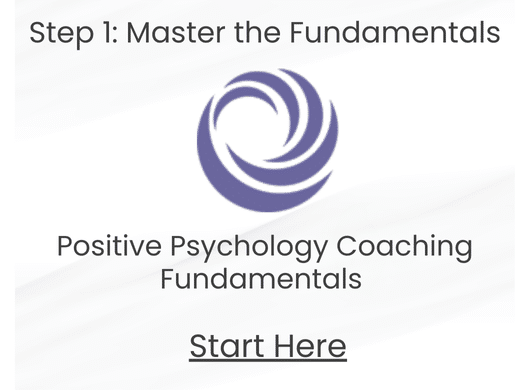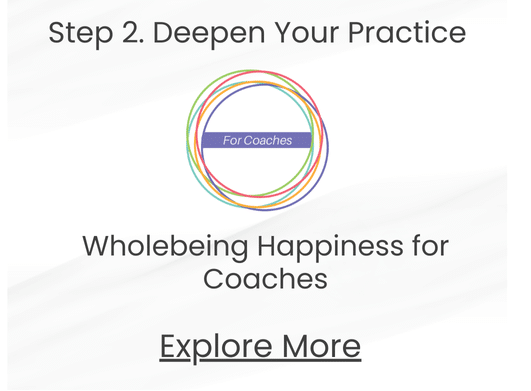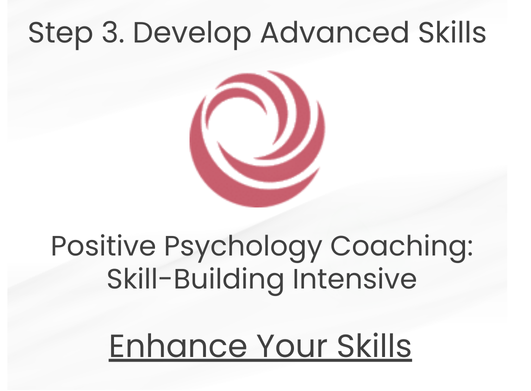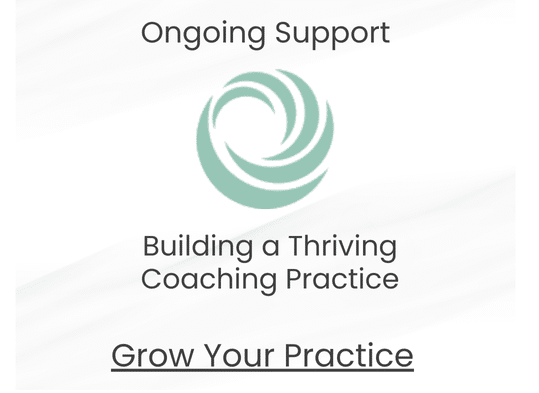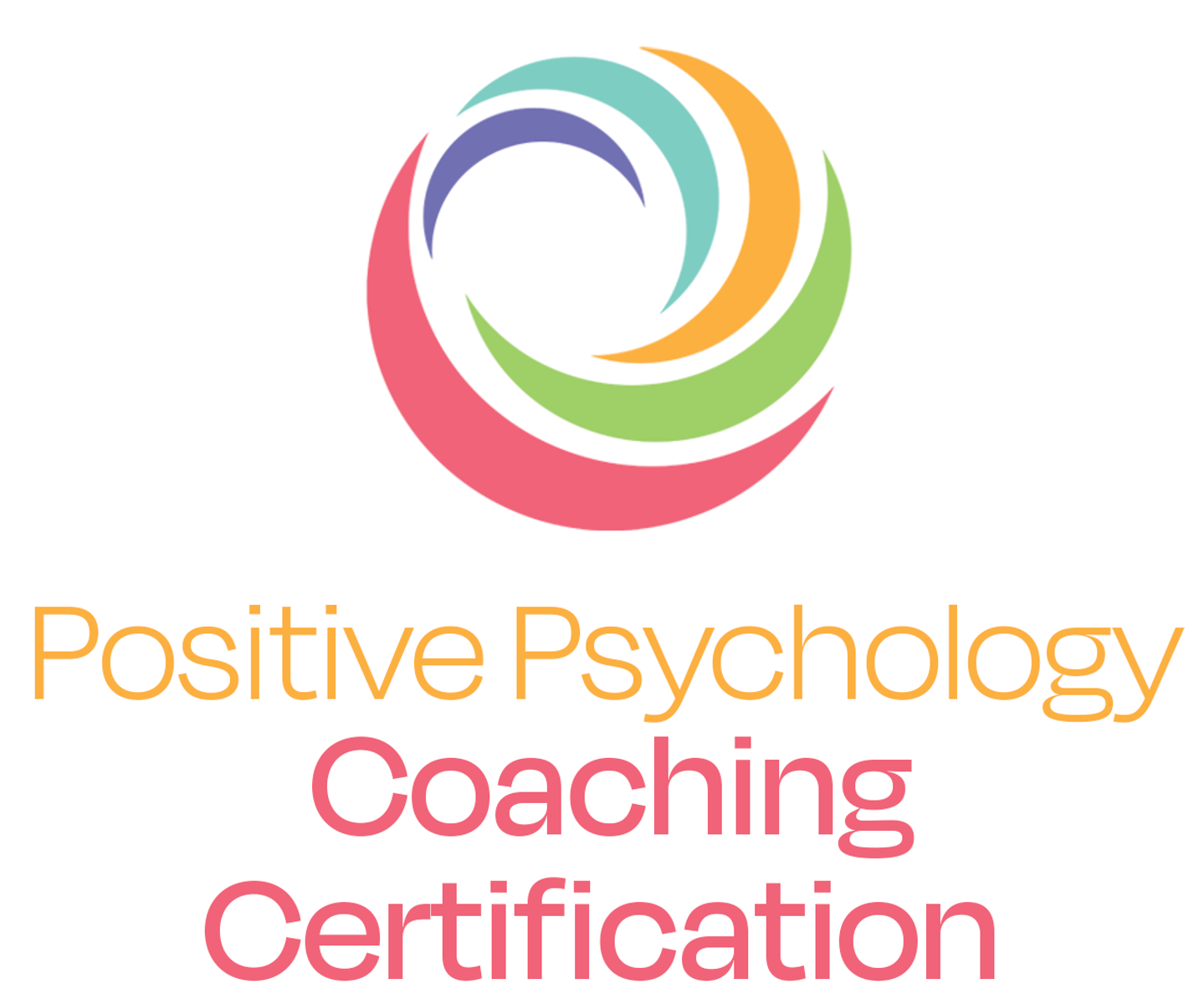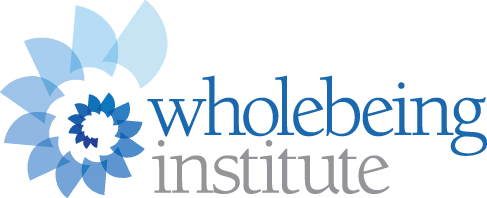by Megan McDonough
Goals are glorified, focus is overemphasized, and simplicity is under-appreciated. We are obsessed with getting things done and making things happen — as evidenced by our preoccupation with New Year’s resolutions, which more than four out of 10 Americans have vowed to keep this year. Weight loss and exercise top the list (no surprise there).
No wonder many of us (myself included) groan at the idea of making a New Year’s resolution. The typical resolution focuses on improving one specific aspect of life — adding another to-do onto an already endless list, calling for more focus, effort, and energy. The idea of doing one more thing — even when it’s for our own good — becomes a real drag. Our world gets smaller and tighter, even though we’re trying to make it bigger and more spacious.
The Narrow Focus Scowl
You can see the effort of a narrow focus, get-it-done mindset everywhere. I saw it just the other morning as I was drinking coffee at my local country store. Looking out the window at a mother and kids in the parking lot, I could tell by her intense scowl of concentration that mom had too much to do and too little time.
Her young children were helping with the early-morning delivery, carrying baked goods from the car into the store. I saw the daughter pause to draw a picture on the car door, swiping her finger through the accumulated grime of the New England winter. The boy, carrying a big basket of bread, took a detour to jump into the fresh snow, a huge grin on his face, before following in Mom’s eyes-straight-ahead-walk-with-a-purpose stride. As I watched, I wondered how often I do that exact same thing — miss the fun and beauty around me because I’m single-mindedly focused on what I have to get done.
How often do we, as adults, lose a bigger perspective because duty calls?
Nose to the Grindstone
There is, of course, nothing inherently wrong with a focused concentration on a narrow object of attention. This laser focus cuts out the background noise and keeps your nose to the grindstone and your eyes on the prize so you can get the job done. In fact, this goal-oriented concentration is admired in our culture of accomplishment. But the price of staying with that narrow focus, hour by hour and day after day, is missing out on the broader context. You can’t see the forest for the trees. Adding a resolution that demands more focused attention might just be the straw that breaks the camel’s back. It’s what makes a resolution feel like a heavy weight to be shouldered instead of a light Frisbee to toss playfully.
An Open Focus
The opposite of a narrow focus is an open awareness, a diffuse way of taking in the whole instead of concentrating exclusively on the parts. Through neurofeedback, this wider attention has been shown to have a positive impact on brainwave synchrony. This ability means that you can feel less constricted by simply changing the quality of attention. When you practice this type of awareness, you become skilled at creating more space in your mind by oscillating between narrow and broad attention as the situation requires.
One way to build this capacity is through open meditation. The most familiar type of meditation is focused concentration — on the breath, a mantra or saying, or your thoughts as they arise. Open meditation, in contrast, simply means being receptive to your experience as it is. I call this practice Radically Receptive Meditation.
Radically Receptive Resolutions
With a focused meditation, there’s often tension between the meditation instructions and how the mind naturally behaves in the moment. Radically Receptive Meditation, in contrast, embraces the mind as it is.
There’s always a tension between how life is and how you want it to be — that’s where those New Year’s resolutions come in, and that’s why they fail. When you pick a goal or an intention for the year, your current habits and ways of living push back. Embedded structures get in the way of the new stuff you’re trying to make room for.
Just like you can be with the mind as it is in Radically Receptive Meditation, you can be with life as it is with radically receptive resolutions. To work with a radically receptive resolution, stop focusing on the parts and become aware of the whole. Instead of carving out time for a new addition to your life, think about what you already do as part of your regular routine. What are the rhythms, shape, and pattern of your typical day?
Small is the New Big
Nobody likes to think small when it comes to New Year’s resolutions. The tendency is to want to make big changes. What good is it to lose two pounds when you really need to lose 30? It feels useless to just walk up the stairs when you really need to take the recommended 10,000 steps per day. Small seems insignificant. Why bother?
Turns out that small changes over time make a big difference. In fact, Dr. BJ Fogg of Stanford University suggests that lasting change begins with really, really small changes in behavior. Want to exercise more? Start with two push-ups. Just two. Yes, think that small.
The trick, according to Fogg, is to link something you already do consistently with a new, little change. That’s why looking at the rhythm of your whole day is helpful. By viewing the whole, you can observe your rituals and habits, and find the places where it makes the most sense to stealthily sneak in a nugget of new behavior.
For example: Want to write more? After you get in the car at the end of the workday, write one sentence in your notebook before you start your commute home.
Want to eat more mindfully? After the first bite of dinner, put down your fork and chew your food until you swallow.
Want to be more organized? Tidy one area in your living room after starting the dishwasher.
Want to be more financially responsible? After coming home from shopping, empty your coins into a piggybank.
Give Simplicity a Chance
Rome wasn’t built in a day. Goals don’t have to big, hairy, and audacious. Focus doesn’t need to be exclusionary. As the wise Winnie-the-Pooh says, “Sometimes the smallest things take up the most room in your heart.”
Rather than enforcing a resolution that makes you scowl, take tiny actions with a smile and a wide-open mind, and watch the changes stick.
—This post was originally published in The Huffington Post.
Megan McDonough is CEO of Wholebeing Institute, an educational organization co-founded with Dr. Tal Ben-Shahar. WBI is committed to spreading ideas and practices that can help individuals and groups live life to its fullest.
Click here for a course listing.



